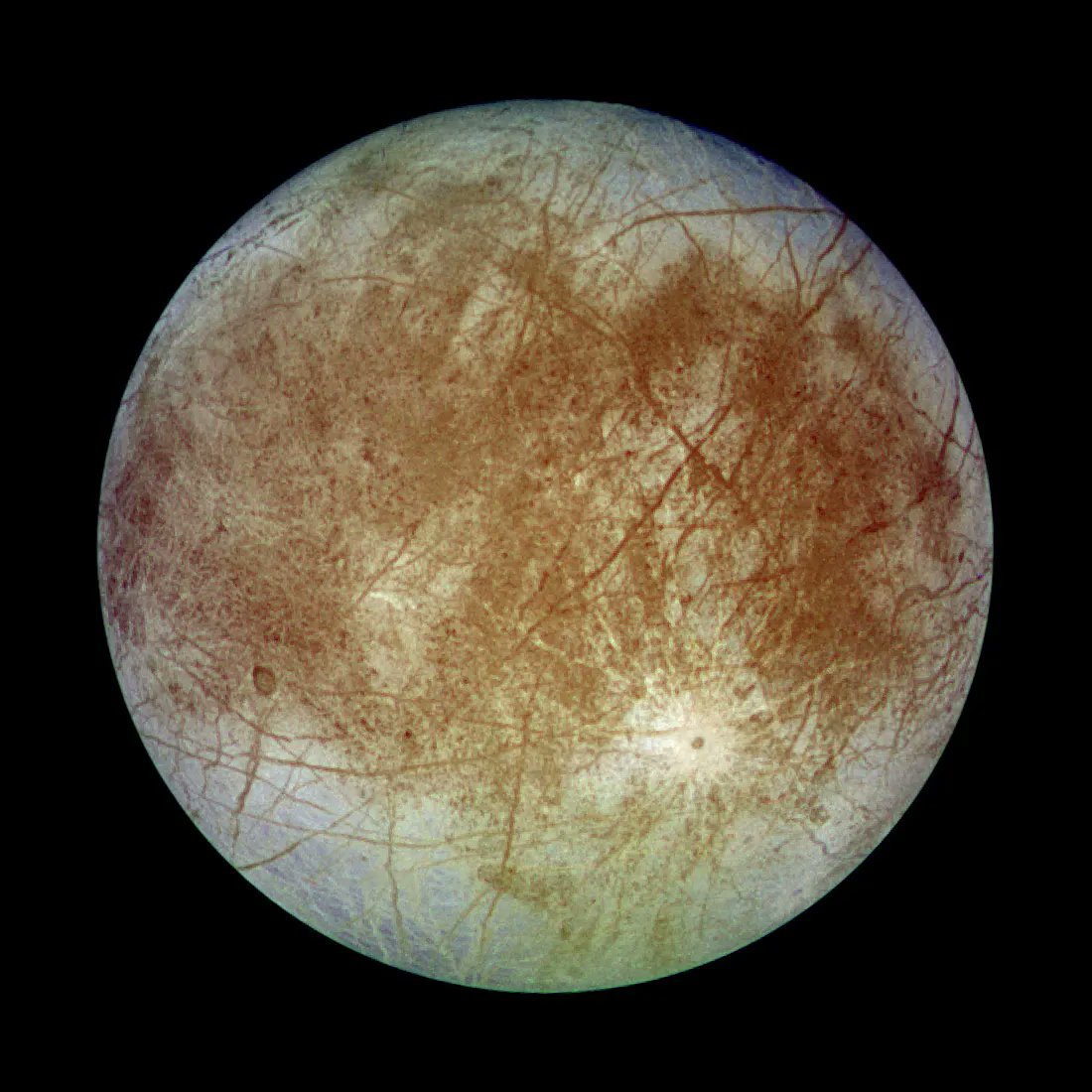How common are Earth-like exoplanets—also called exo-Earths—and which exoplanetary systems should we target to find them? This is what a recently submitted study hopes to address as a team of researchers investigated potential targets for the planned Habitable Worlds Observatory (HWO), which was recommended during the Decadal Survey on Astronomy and Astrophysics 2020 (Astro2020) and is slated to launch in the 2040s. Most notably, HWO will use the direct imaging method to identify exo-Earths, and this study holds the potential to create a more scientifically cost-effective approach for identifying and studying exoplanets.
Continue reading “Earth-like exoplanets might be in short supply for the Habitable Worlds Observatory”Here are the 7 Best Places to Search for Life in the Solar System
If humanity is ever going to find life on another planet in the solar system, it’s probably best to know where to look. Plenty of scientists have spent many, many hours pondering precisely that question, and plenty have come up with justifications for backing a particular place in the solar system as the most likely to hold the potential for harboring life as we know it. Thanks to a team led by Dimitra Atri of NYU Abu Dhabi, we now have a methodology by which to rank them.
Continue reading “Here are the 7 Best Places to Search for Life in the Solar System”Now that TESS is Operational, Astronomers Estimate it’ll Find 14,000 Planets. 10 Could Be Earthlike Worlds in a Sunlike Star’s Habitable Zone

How many exoplanets are there? Not that long ago, we didn’t know if there were any. Then we detected a few around pulsars. Then the Kepler spacecraft was launched and it discovered a couple thousand more. Now NASA’s TESS (Transiting Exoplanet Survey Satellite) is operational, and a new study predicts its findings.


